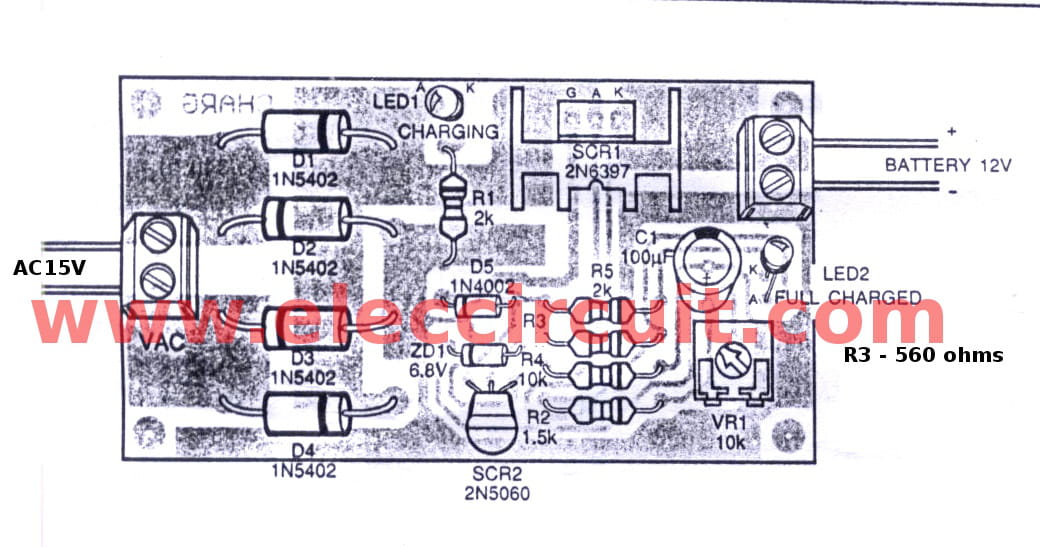Battery Charger Circuit Design Part 1 Circuit Diagram
Battery Charger Circuit Design Part 1 Circuit Diagram An advantage of charging at lower voltages is that cycle life goes up substantially but with much lower capacity. While simple constant current battery charging circuits can provide low cost and relatively slow charging, multi-stage technologies are needed for better performance. Learn about multi-stage battery chargers, how they're used, and the circuit diagrams needed to build one yourself.

In this video, you will learn the basics of the Battery Charger Circuit Design. The instructor explains the basics of the circuit design. He also explains th Learn how to build battery chargers for sealed lead acid, NiCd, NiMH, and LiPo batteries.

How to Design a Battery Charger Circuit Circuit Diagram
Learn how to build a simple and efficient battery charger circuit with LM317 and relay control. Perfect for charging 4-cell AA batteries with automatic shut-off

Learn how to build a battery charger circuit with a detailed schematic and step-by-step instructions. Get your batteries charged efficiently and safely. Prevent mistakes by downloading my DESIGN REVIEW CHECKLISTS for the schematic circuit, PCB layout, and enclosure 3D model design: https://predictabledesigns.

Basics of battery charging circuit design Circuit Diagram
What is DPPM? DPPM monitors the input current, input voltage and output currents of a power-path device and automatically gives priority to the system when the adapter cannot support system and charging loads. The figure shows a DPPM circuit in a linear charger. The same principle applies for switching chargers. A battery charger circuit uses temperature and voltage sensing circuits along with a microprocessor controller. It adjusts the charging current and voltage based on the battery's state of charge. The circuit increases output voltage to compensate for wire impedance, ensuring safe and efficient charging until the battery reaches full capacity. Design considerations for a battery charger
